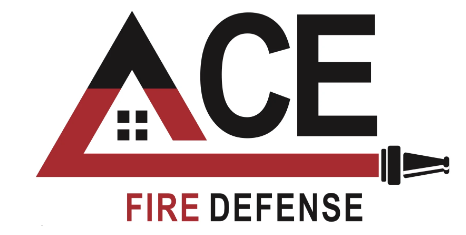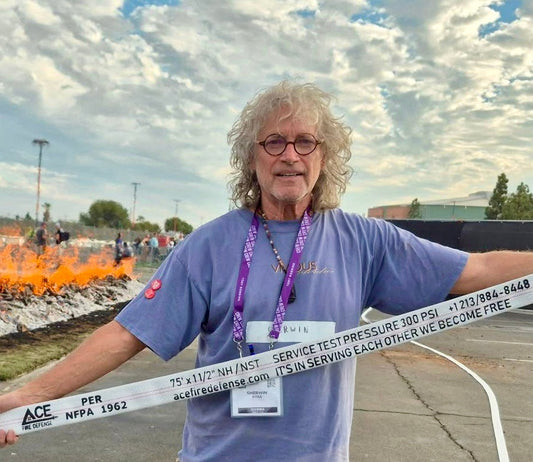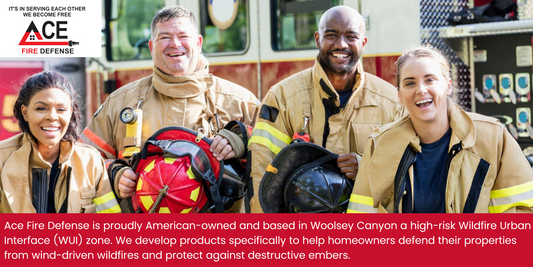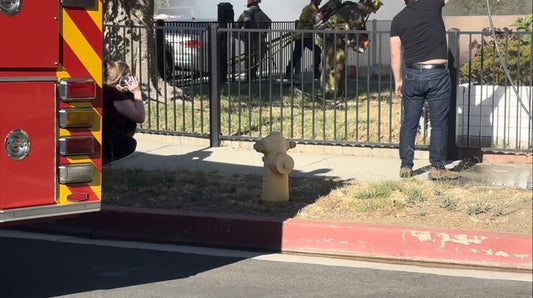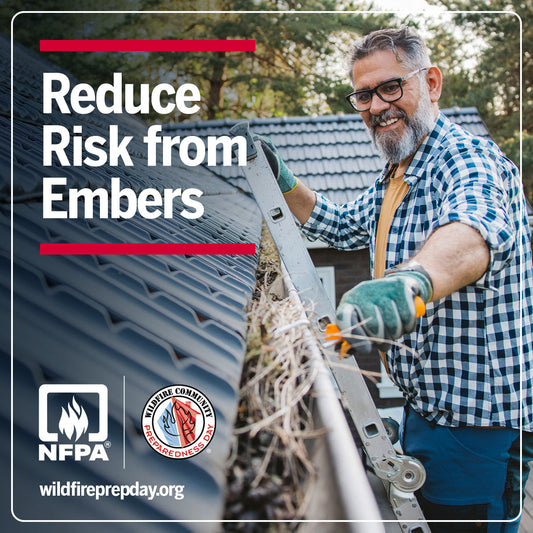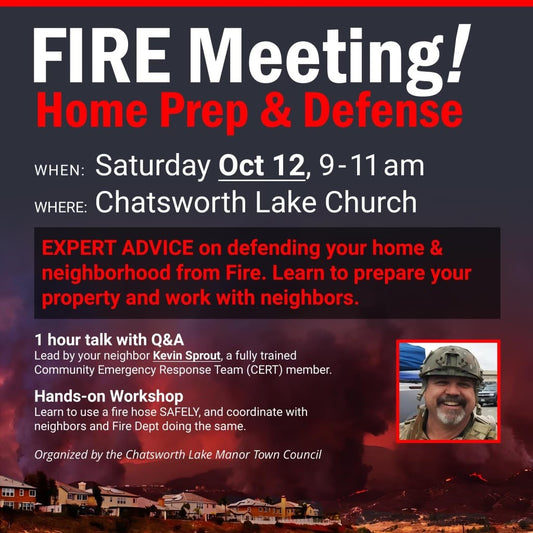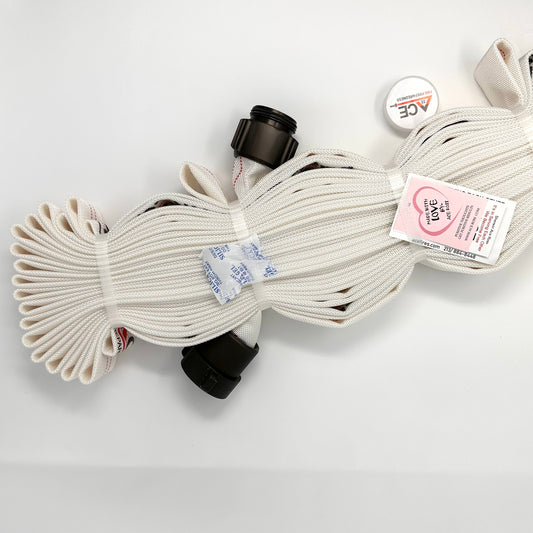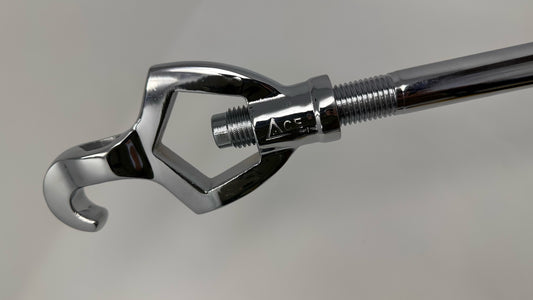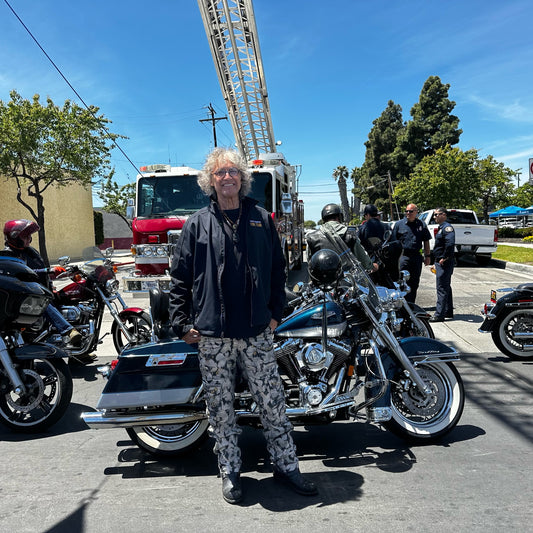Private fire hydrants are indeed becoming increasingly popular in California and other states due to the heightened risk of wildfires across the United States. The upfront cost of installation and necessary fire equipment is a small price to pay compared to the potential loss of one's home. To assist homeowners with these expenses, we would like to provide recommendations on the most economical way to purchase the fire equipment required for a private fire hydrant installation.
What is a Private Fire Hydrant?
A private fire hydrant is a crucial component for fire protection on residential properties. Unlike public fire hydrants maintained by the local municipality, private fire hydrants are the responsibility of the property owner. Private fire hydrants are typically legal because they are installed after the water meter.
Why Install a Private Fire Hydrant?
Installing a private fire hydrant can significantly enhance fire safety on your property, particularly in rural areas where fire department response times may be longer. Unlike standard garden hoses connected to spigots, private fire hydrants provide a reliable and high-volume water source for firefighters. It's important to note that standard garden hose spigots cannot be converted into private hydrants due to limitations in the piping.
When to Use a Private Fire Hydrant?
If you are in a fire evacuation zone, please refrain from using your hydrant. Local firefighters may need to access it for firefighting efforts. We do recommend that you connect your hoses and nozzles, as firefighters may need to utilize them. Homeowners can extinguish small fires caused by flying embers from distant wildfires only. Don't be a hero—homes can be replaced.
Steps to Install a Private Fire Hydrant
- Obtain necessary permits: Before installing a private fire hydrant, check with your local fire department to obtain the required permits and ensure compliance with regulations.
- Choose the location: Select a strategic location for the fire hydrant that is easily accessible to firefighters and within the required distance from buildings. Large property owners should consider installing a hydrant in both the front and rear of the property.
- Dig the hole: Excavate deep enough to accommodate the hydrant assembly, ensuring proper drainage. Add cement around the base of the piping for stability.
- Hire a plumber to install the piping: Connect the water source piping after the water meter to the hydrant location. Use a minimum 1 1/2" inside diameter pipe and install a backflow preventer if required.
- Assemble the hydrant: Follow the manufacturer's instructions, including valve, nozzle, and components.
- Test the hydrant: Ensure proper functionality and water flow, making adjustments as needed.
- Final inspection: Schedule an inspection with the local fire department. Some cities require hydrants to be painted red or yellow.
Maintenance and Inspection
Regular maintenance and inspection are essential to ensure the hydrant functions in an emergency. Inspect periodically for leaks, damage, or obstructions, and repair promptly.
Fire Equipment Needed for a Private Fire Hydrant
- Most installations begin with a 1 1/2" or 2" water line from the source and a vertical pipe 32"–36" high, cemented at the base.
- Required fire equipment includes gate valves, adapters, forestry hoses, and nozzles.
- A 90° gate valve is installed on top of the pipe with female NPT inlet and NH outlet threads.
- Decide between one or two hose lines. For one hose, you need a cap, nozzle, hose(s), and a spanner wrench. For two hoses, install a gated wye valve with a 2 1/2" inlet and two 1 1/2" NH/NST outlets.
Private Fire Hydrant System Recommendations
- Use 50' hoses for easier handling and storage, secured with large rubber bands.
- Spanner wrenches aid in connecting and removing hoses/adapters.
- Use caps to protect threads when not in use.
- Store hoses indoors and flow water through them at least once a year.
- Flow water through all valves annually to prevent sticking.
- Before evacuation, connect all hoses and nozzles.
- Test system performance with 75' hoses before adding more.
- Ace Fire Defense BMH Heavy Fire Hoses are recommended, with a burst pressure of 900 psi.

